ON THE ROAD | Christina Kaigg-Hoxley in the Adelaide Hills
Christina Kaigg-Hoxley, Wine Development Manager at 67 Pall Mall Melbourne, recently spent a few days in the Adelaide Hills, visiting local producers and focusing on the region’s Chardonnay wines. She shares her key takeaways from the trip…
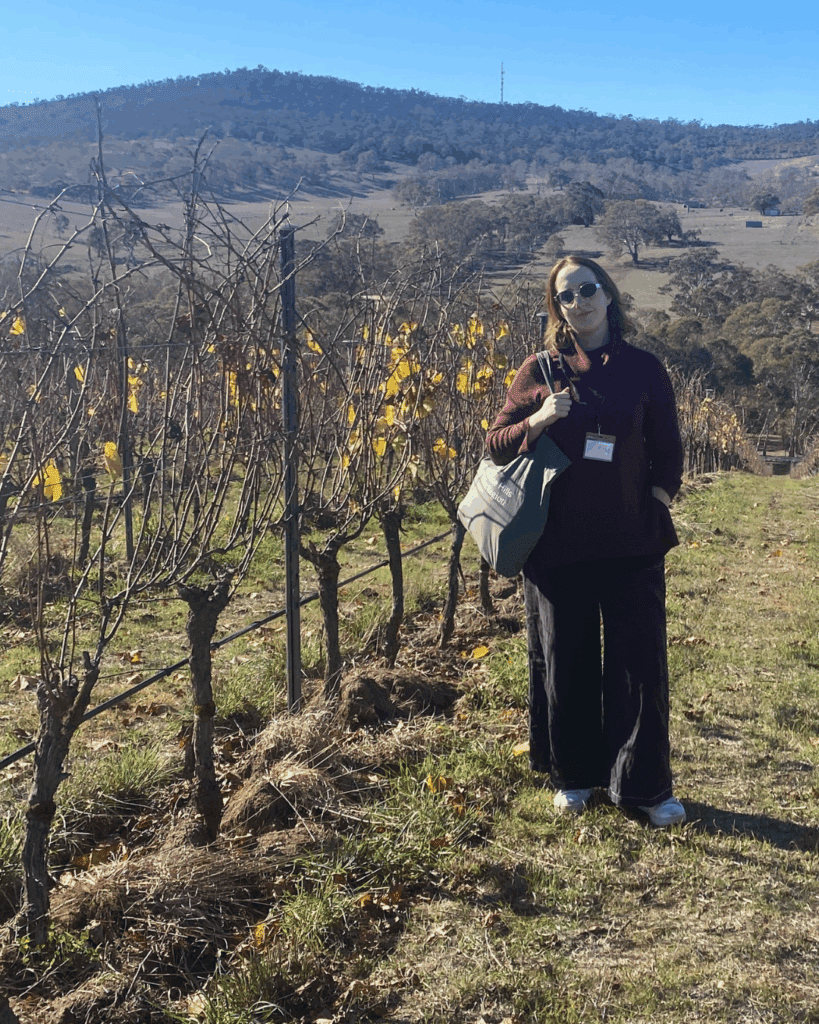
It’s an early May morning in the Adelaide Hills and even those of us from cooler climes – like Melbourne – are shivering slightly in the crisp autumn air while eyeing the frost that blankets the grass around us. I’m part of a group of wine professionals from across Australia on a three-day itinerary exploring the region.
The wine GI (Geographic Indication) of Adelaide Hills is located directly east of South Australia’s capital city and stretches a good 70 kilometres north to south through the Mount Lofty Ranges. While the region is a stone’s throw from several of the country’s most recognised warm climate spots – responsible for some of Australia’s most notable red wine styles – it could not feel more different. Mount Lofty itself sits at just over 700m above sea level, with the majority of vineyards planted at between 400-600m. And while Shiraz and Sauvignon Blanc still make up a significant portion of plantings in this cool-climate region, it is Pinot Noir and, most notably, Chardonnay that are the focus of our visit.
Our first step comes via a driving tour with Turon White, winemaker at Turon Wines, where we pass slope after slope of trellised vineyards in varying shades of yellow to brown. Almost every one borders a fruit orchard or vegetable plantings, with the many small valleys co-planted with brassicas, strawberries or pomme fruit. Turon welcomes us to his small, family winery, where his two young daughters and wife Alex pass cold beers around the smouldering fire pit. It turns out the cold we are feeling is relatively mild for the region, but White enjoys harnessing it in Chardonnay’s piercing natural acidity and propensity for bright, citrus overtones. Despite his label’s success, however, the economics of producing wine in Adelaide Hills mean that he still makes wine under contract for other labels, a model that is not unusual due to the high cost of water licences, labour and the exceptionally high land value in the area.
Later we arrive at Longview in Macclesfield, in the southern portion of the hills and at a distinctly lower elevation, yielding more moderate, maritime influence, similar to that of McLaren Vale. We are greeted by Peter Saturno, who alongside his elegant, lemon-curd-driven Chardonnay, is almost singularly excited about the region’s suitability for Nebbiolo, of which he has the most significant plantings in the whole country. Over dinner, we are joined by Geoff Weaver, Martin Shaw of Shaw+Smith, Gareth Belton of Gentle Folk, Michael Downer of Murdoch Hill and Luke Tyler of Ashton Hills.


Early pioneers in the region, like Weaver, whose vineyards are based in Lenswood, were originally concerned about ripening fruit in this cool region, and hence chased warmer sites. Shaw + Smith was similar, starting with plots in the lower parts of Woodside but quickly turning to cooler sites at higher elevations in Piccadilly and Lenswood for quality Chardonnay production. Even though only Piccadilly Valley and Lenswood are recognised officially as sub-regions, areas like Lobethal, Mount Barker, Balhannah and Macclesfield all regularly appear on labels, to communicate the diversity of elevation and aspects across the region.
Murdoch Hill’s top Chardonnay cuvée ‘Rocket’ is perhaps the most driven and tightly wound of the wines we taste, but with a moreish palate and reductive overtones that speak of the potential for ageing. Both Michael Downer and Gentle Folk’s Gareth Belton, part of a younger generation of winemakers, spoke in depth on the push for producers to pursue purity of fruit and emphasise differences in site, soil type and clone.
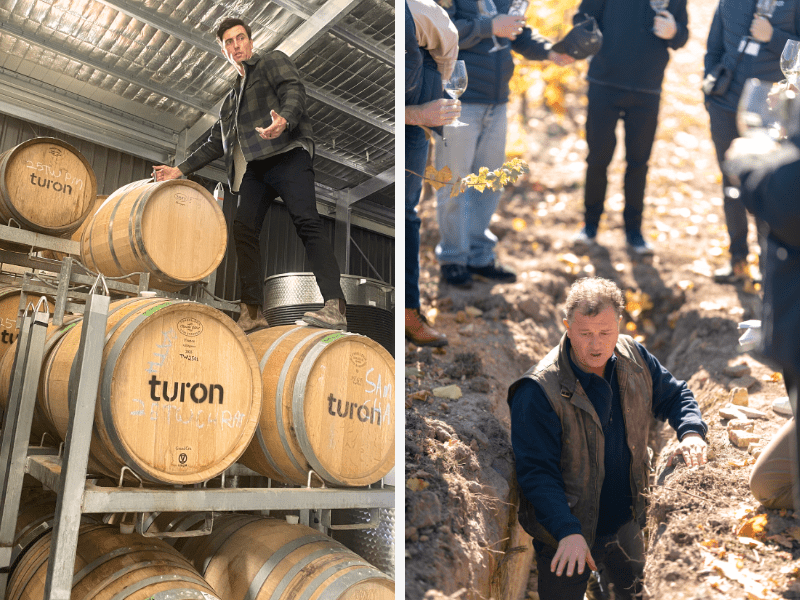

A recurring topic on our trip was water security, an obvious point of concern for growers due to the extensive dry period the region is experiencing – the driest since records began in the 1830s. At EKIN, we listened as viticulturalist Mark Vella, standing in a soil pit dug between vine rows, explained the intricacies of root penetration and why site selection is key for water retention. Irrigation is essential for most producers, with access to a water licence the difference between growing vines or not. As a consequence, establishing new vineyards can be intensely challenging and costly, and with more and more producers dropping yields in pursuit of quality, the cost of fruit has never been higher.
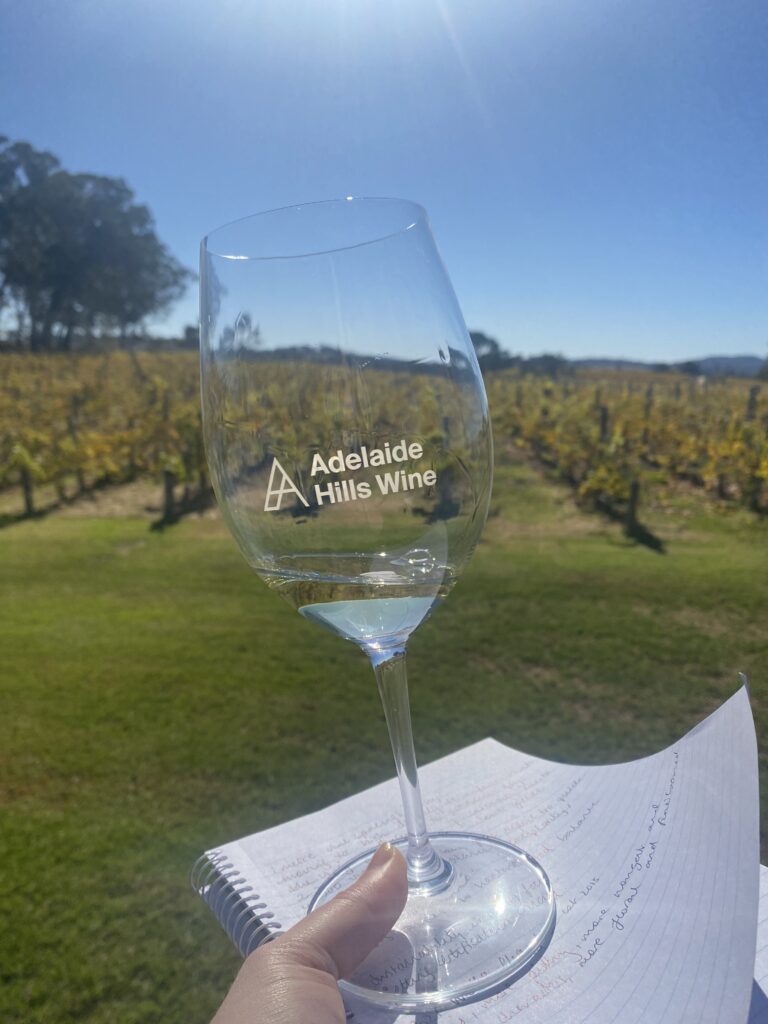

A commitment to the health of the land and indeed to the local community is nowhere more visible than in the shining eyes and set jaw of David Fowley at Vinteloper, where we enjoy our final visit. In December 2019, the Adelaide Hills suffered a devastating bushfire that burned through the sub-region of Lobethal. Vinteloper’s estate vineyard and historic farmhouse was squarely in its path. In less than 24 hours, Fowley lost almost everything, including his livelihood for the next few years – a devastating blow to an up-and-coming label. Five years later, on the original site, he and his team have revived their vineyard, installing new posts, cutting vines off at the trunk to encourage reshooting, running new wires and irrigation lines – all by hand – and constructing a new cellar door, where they now welcome guests for the next chapter of the estate.
After numerous conversations with winemakers, communicators and viticulturalists based in the Hills, and after tasting over 30 different Chardonnays, a common thread emerged – that of the region’s racy natural acidity. Unlike the powerhouse tropical fruit characters of Margaret River, the Chardonnays here are distinctly citrus led, owing to the cool night air that settles among the many peaks and troughs. How winemakers flesh out and build on that acid structure – be it through malolactic fermentation, whole-bunch pressing, lees stirring or oak maturation – varies, and it’s that variety that yields the wonderfully diverse spread of flavour profiles on offer.
Not a 67 Pall Mall Member? Sign up to receive a monthly selection of articles from The Back Label by filling out your details below


TWO
MINUTES
WITH
Frédéric Rouzaud, Louis Roederer
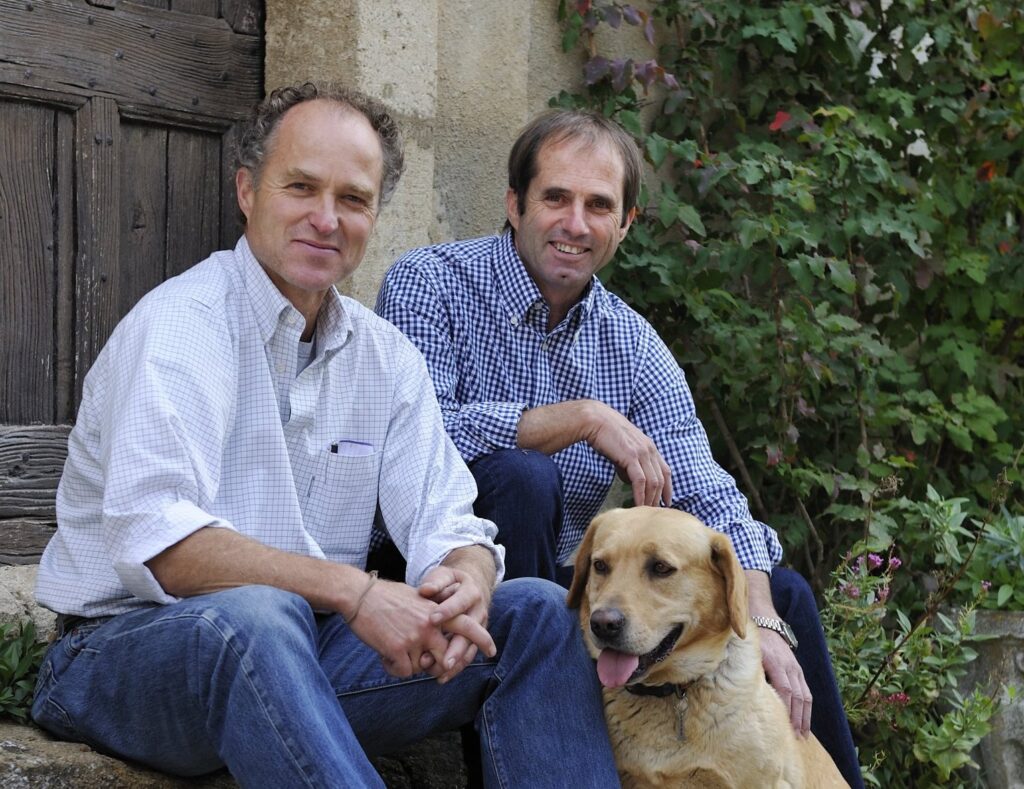

WHAT
I’VE
LEARNED
Daniel Brunier, Domaine du Vieux Télégraphe, Rhône
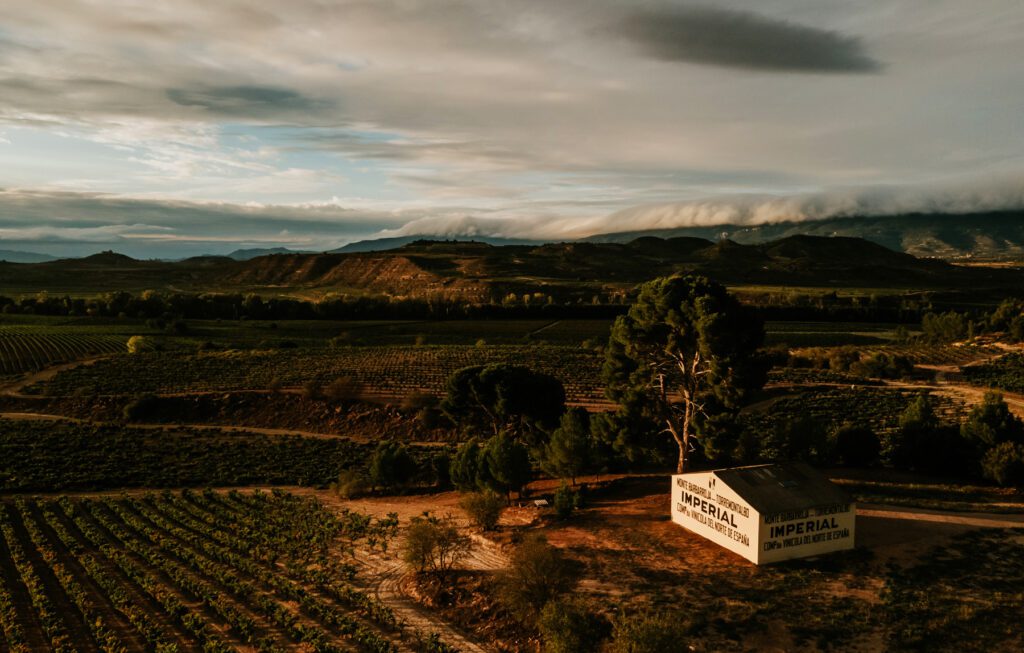

UNDER
THE
SURFACE
Transcending Rioja’s identity crisis
